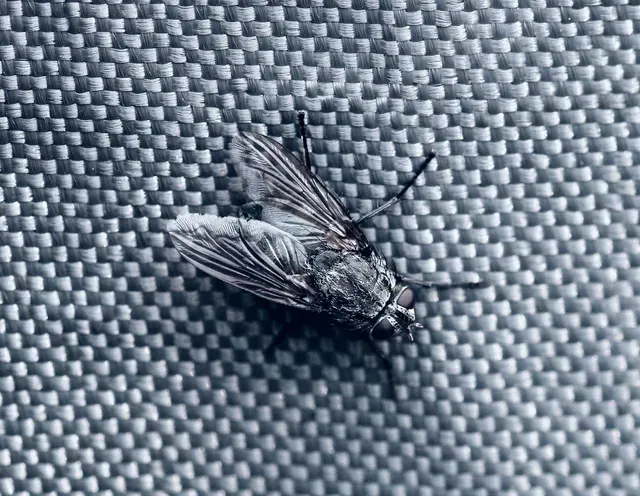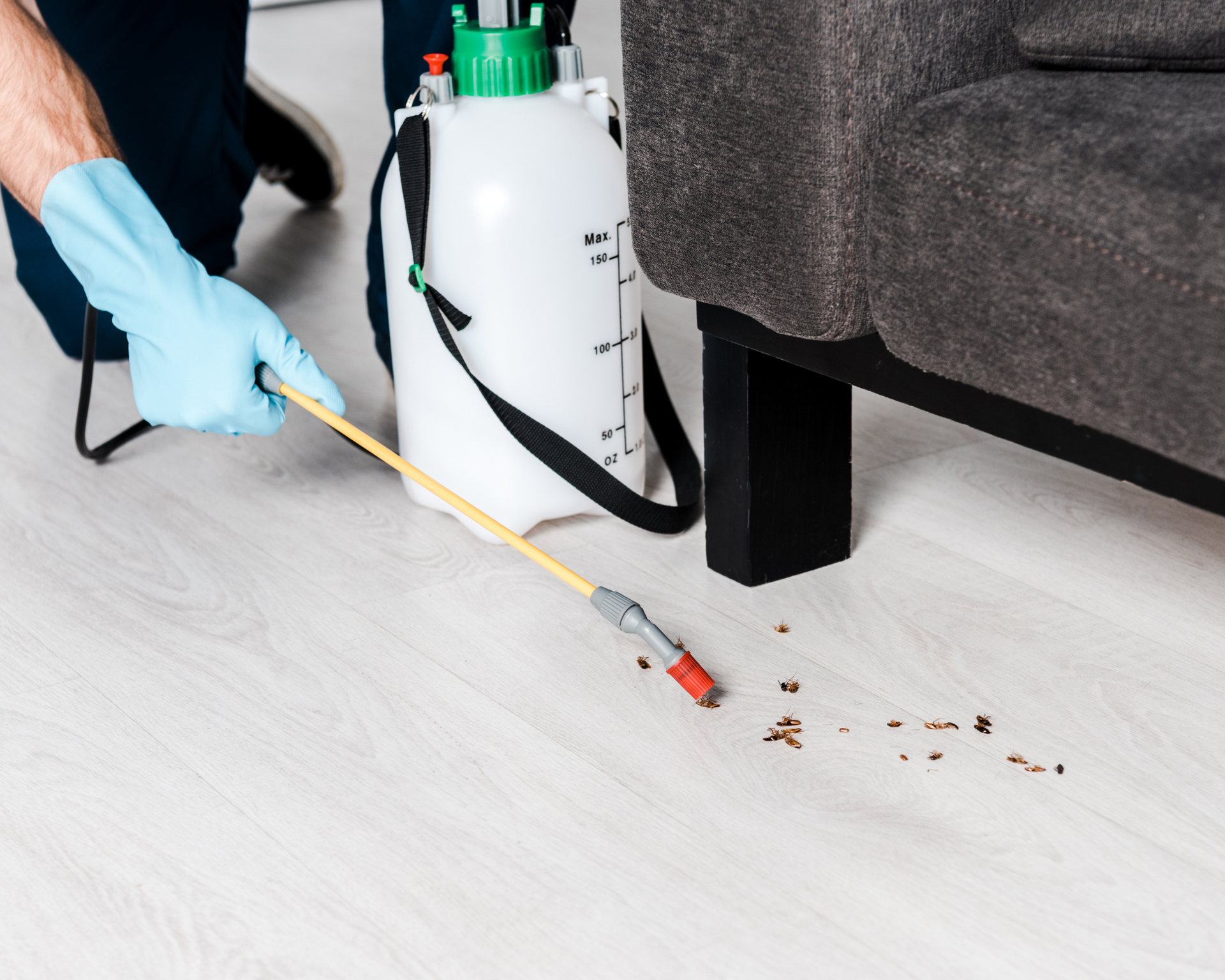Why Am I Suddenly Noticing Big Flies Inside My House?
Why Have Flies Started Invading Your Home?
Dealing with an influx of large flies in your house can be both irritating and concerning. Beyond being a nuisance, flies can spread harmful bacteria and contaminate food. Understanding why they’ve suddenly appeared is crucial to getting rid of them. Below, we’ll explore the common reasons behind a fly infestation, help you identify the type of flies causing the problem, and offer solutions to manage and prevent future outbreaks. If the infestation becomes too much to handle, contacting local pest control services can help resolve the issue quickly and effectively.
Common Fly Traits
Flies are part of the insect order Diptera, meaning they have only one pair of wings. The most frequent indoor fly species include house flies, fruit flies, drain flies, and cluster flies. Each type of fly behaves differently and is attracted to various environments, making identification a key step in tackling the problem.
What Attracts Flies to Your Home?
Flies are opportunists, drawn to places with abundant food and ideal breeding conditions. House flies are particularly attracted to decaying matter like trash and pet waste. Fruit flies, on the other hand, prefer ripe or rotting produce, while drain flies thrive in damp areas such as clogged drains. Cluster flies, which are slightly larger, lay their eggs in soil and feed on earthworms during their larval stage. As the weather cools, they look for warm indoor spots to spend the winter, making your home an ideal refuge.

What Typically Causes Fly Infestations?
Rotting Organic Matter
Flies are naturally drawn to decaying organic materials, which make up the perfect breeding ground for them. If you have leftover food, overflowing garbage, or pet waste around, it won’t take long for flies to find it. Adult flies lay their eggs in these environments, and soon enough, you’ll have a noticeable increase in fly activity once the eggs hatch.
Warm Temperatures
Flies thrive in warm conditions, which speed up their breeding cycle. When temperatures reach 75 degrees Fahrenheit or higher, flies multiply quickly. Areas like kitchens, bathrooms, and laundry rooms that stay warm inside your home can become ideal places for flies to lay their eggs and continue their life cycle indoors.
Openings and Cracks in Your Home
Small gaps, cracks, and openings in your house—whether in the foundation, windows, or door frames—are common entry points for flies. Cluster flies, for example, actively search for crevices around windows and doors to sneak into homes, particularly as they look for warm spaces to hibernate during colder months. Once inside, they often hide in attics or behind walls and become more noticeable when the weather heats up again.
Types of Flies You Might Encounter
House Flies
House flies are a common sight around garbage, compost, and pet waste. These pests are quick to lay their eggs in moist, decaying materials, leading to an explosion of fly populations in no time.
Cluster Flies
Often mistaken for house flies, cluster flies are larger and slower-moving. You’ll typically see them gathering around windows as they try to stay in warmer parts of the home. They breed outdoors but find their way inside through small cracks to survive the colder months.
Blow Flies
Blow flies are larger and have a metallic appearance. They’re usually drawn to dead animals, which could indicate that there’s a hidden carcass in or near your home. These flies are often a sign of a more serious underlying issue.

How to Prevent & Control Flies in Your Home
Keep Food Areas Clean
Regular cleaning is key to stopping flies from taking over your home. Make sure to promptly throw away garbage, clean your trash cans, and pick up any pet waste. Store all food in sealed containers, wipe up spills right away, and disinfect surfaces where food is prepared. If you’re looking for an eco-friendly option, vinegar is a great, non-toxic cleaner that also helps keep flies at bay.
Seal Any Openings in Your Home
Inspect your home for any gaps or cracks where flies could enter. Repair or replace damaged window and door screens, and seal up any holes in your foundation, walls, or around windows and doors. Pay attention to areas where caulking may need to be refreshed to block entry points effectively.
Control Moisture in Your Home
Flies thrive in moist environments, so reducing humidity in your home can help keep them away. Use dehumidifiers in damp areas like bathrooms, kitchens, and basements, and repair any leaks promptly. Avoid leaving standing water in sinks or buckets for extended periods, as this can become a breeding ground for flies.
Use Traps or Insecticides
If needed, fly traps and insecticides can help manage fly populations. Place traps near windows, doors, or other areas where flies tend to gather. Always follow the instructions for insecticides carefully to avoid health risks.
When to Consider Hiring a Professional
While many fly problems can be managed with DIY measures, sometimes it’s best to call in the experts:
- The infestation continues despite your efforts.
- The source of the flies is hard to find or reach.
- Health or safety concerns arise due to the flies.
- The infestation involves particularly difficult or harmful fly species.
A professional pest control company can assess the situation, identify what’s causing the infestation, and use targeted methods to eliminate the problem. They’ll also offer tips on how to prevent flies from returning.
Fly infestations can be frustrating, but by staying proactive with sanitation, sealing up entry points, and managing environmental factors, you can keep your home fly-free. If flies continue to be an issue, professional help may be the best option.
Jacksonville Beach Pest Control By NFLP offers customized solutions to tackle fly infestations and keep your home pest-free. Reach out to us today to learn how we can help you eliminate flies and ensure your home stays protected from pests.
Copyright © 2024 - Jacksonville Beach Pest Control by NFLP All Rights Reserved

